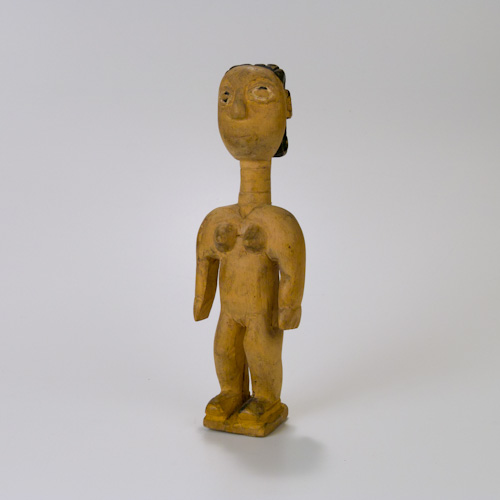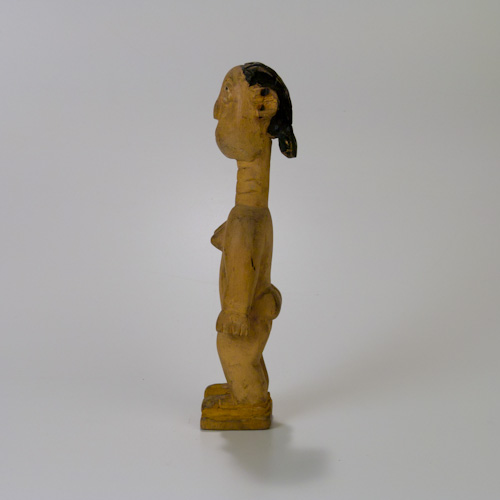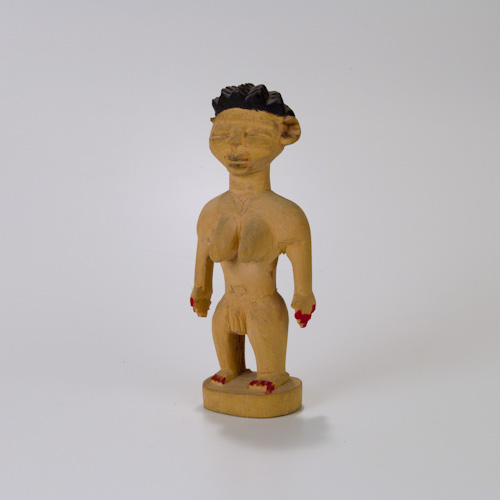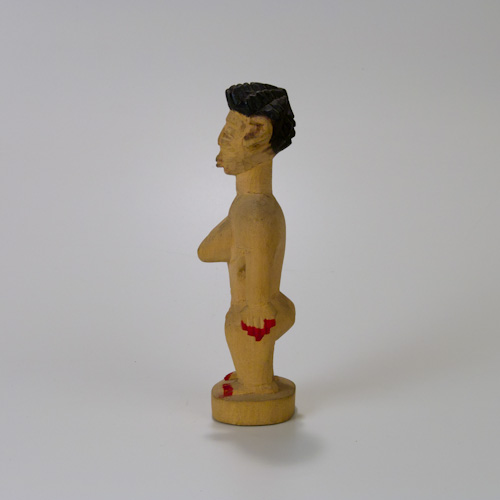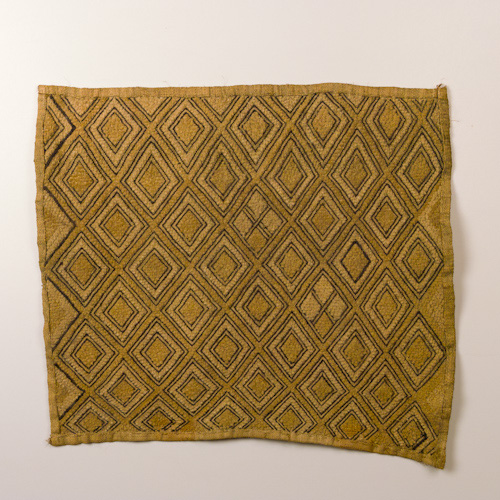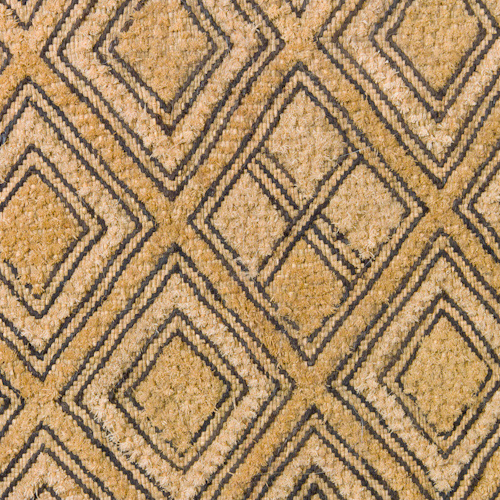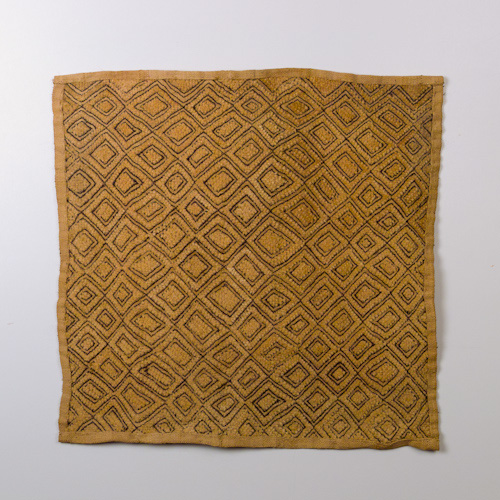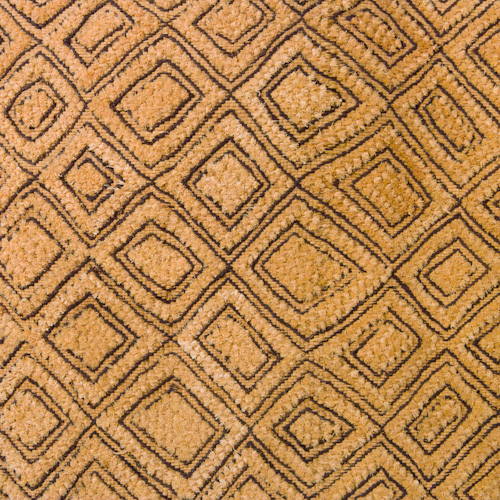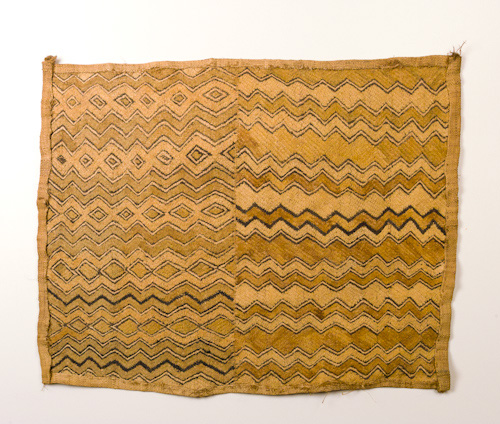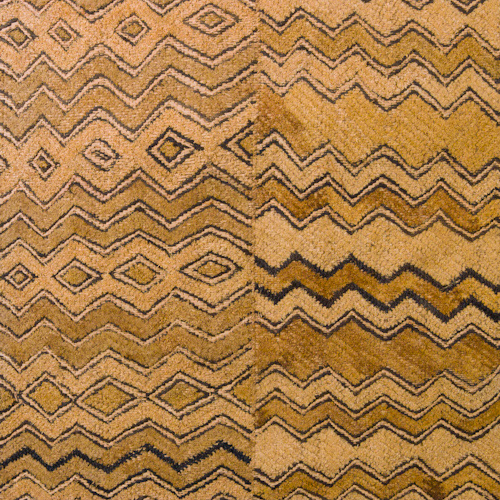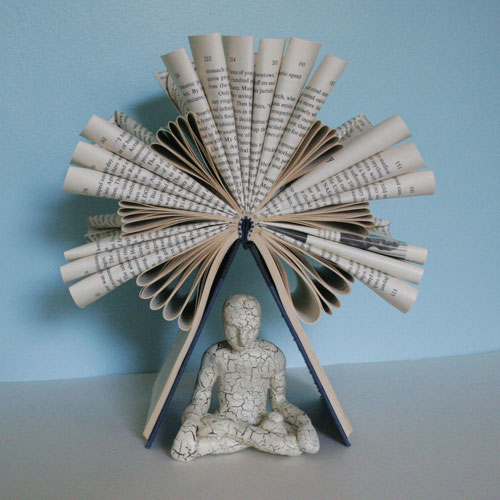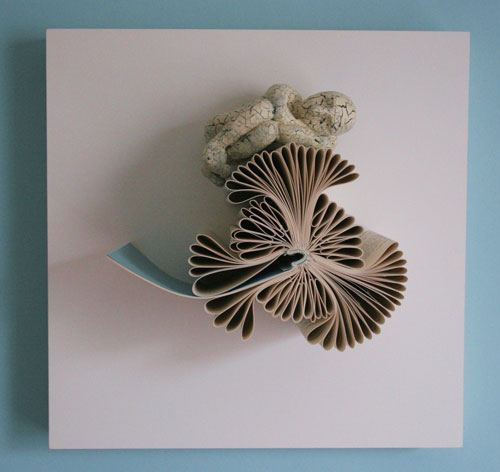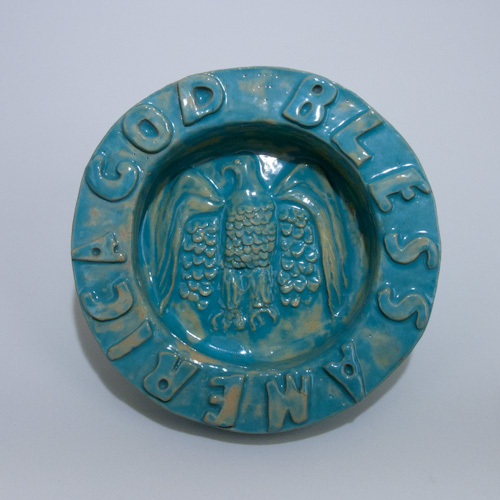Our collection of carved and painted Baule figures from Mali, Ivory Coast from the mid- twentieth century, have been offered to us over the past 25 years by long and well known acquaintances of ours. One, a picker, and the other an ex-pat from Mali, Ivory Coast, West Africa. While I have no doubt, the picker is fueling one of his artistic obsessions by selling some of the pieces he would have other wise kept, Ali was sending much of his profits home to his extended family.
The Baule believe that each person has a mate of the opposite sex in the otherworld, also known as blolo. The blolo is that place where the Baule people arrive, depart, and return. Representations of the ideal partner are carved in detail including stature and physique to define and portray specific desired signs of beauty, status, age, character. The statue embodies their ideal and provides a physical symbol for offerings and ritual.
Our collection includes several genres of carved figural images, each type has its own meaning as a whole and specifically to the original owner. The significance of the figures can be complex, the figures are only truly relevant to the person who commissioned it. If the person is no longer living, the piece has no function. Or, the reason for the commission may have been temporal in nature, for instance during illness, or following crisis. Even a superficial understanding of these concepts allows one to realize how figures become available as art to collectors interested in the work not only because of the mythology but the individuality, beauty, and spirit conveyed and represented in each statue, particularly the Colonial figures, by skilled and patient carvers.
